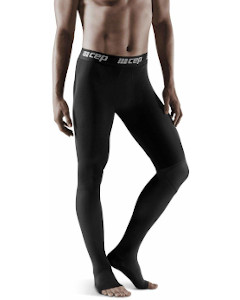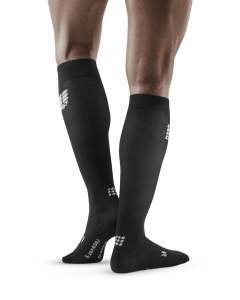Inside the mind of a Triathlete FEAT Nihal Ahamad Baig
Road to Recovery FEAT Nihal Ahamad Baig
Injuries are a way of life for an athlete; it's something that you have to avoid but if you fall in the trap you kind of have to embrace rest days. Even when athletes are in peak physical form a sight awkward form or anything as such can lead to something really big. It makes your return tougher — but it’s these amazing comeback stories that we as human beings crave to read & watch.
Nihal was peaking for TATA Mumbai Marathon 2020 when tragedy struck and he got injured and had to pull out at the last minute. Read on to know more on how he coped with the disappointment of not being able to compete and how he went on to win the International Triathlon Championship 2020 at Gandhinagar later in February.
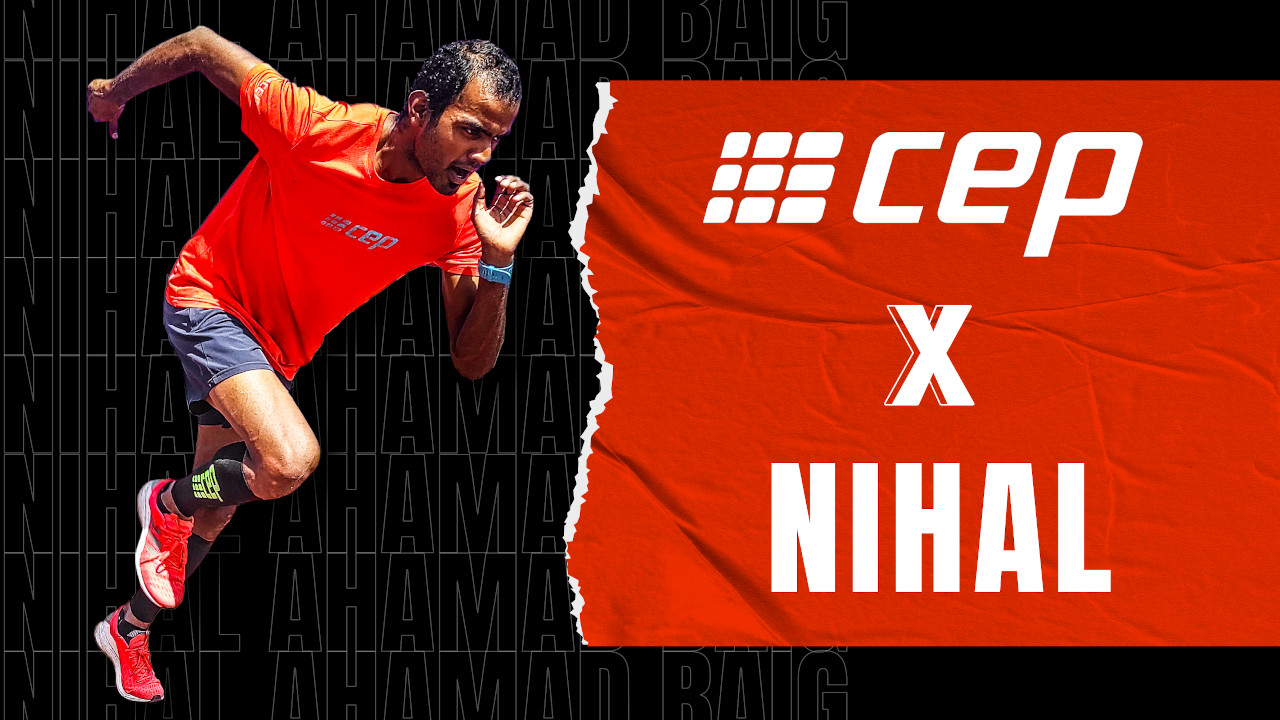
Tell us your journey to being a triathlete.
Well, I started as a runner during my first year of college back in 2011. Later I became part of my Institute’s Athletics team in middle distance events (400m-5000m). After graduation, In order to stay fit I got myself a hybrid cycle and started commuting to office. Later I started going for longer rides on weekends.
In 2016, I heard about Ironman races across the world and that fascinated me a lot. I wanted to try my hand at it, so I resumed running and began to learn swimming from scratch. I had always been a bit competitive in my life, be it studies or running during college and hence I started getting a bit competitive with triathlon as well. Almost 2 years later I did my first 70.3 distance race and was able to achieve a 4hr 45mins target.
There has been no turning back since then. I’ve got even more serious about my training as triathlon has become an essential part of my life.

What injury did you face and how did you cope up to training regularly after recovery?
I had faced few injuries in my lower legs, both in Fibula and Tibia, due to which I had to stop running completely and even cycling for some extent during those periods. But it was not that hard getting back to training after I had recovered fully. I have always been very self-motivated, so I never felt any hindrance to train regularly.
How challenging is it mentally rather than physically when you are off training?
To be honest, it was really difficult for me mentally and most of these injuries happened to me when I had a race coming up in a few weeks. So you obviously feel devastated knowing that you won’t be able to compete in the race that you have been training night & day for many months together!
As the race gets closer you feel that you need to go out there, train and nail the race but you know that this will only do you more harm. Still, everyday I used to motivate myself to do a bit of cross training and some rehabilitating exercises. You need to do that to maintain your fitness and recover quickly from the injury.

How did you alter your nutrition and workout plans after the injury?
I have made a lot of changes to my diet as well my training methods. Diet wise I have stopped consuming almost all processed foods and limited my consumption of dairy products. I have started consuming more wholegrains, green vegetables and Iron-rich foods. Adding to that I have paid close attention to my post workout meals, in order to get that right amount of carbs and protein in the most effective manner. In my workouts, I have gotten rid of the comfortable effort workouts and I’m either doing very fast runs or easy runs.
How important are rest days, skipping one wouldn’t make a difference right?
I personally do not prefer to have a rest day but that depends from person to person. I instead do easy/recovery workout on 1-2 days a week so that I am recovered enough to hit the gas on hard days.
How is your training going on currently? Any specific event or championships that you are looking forward to in particular?
The training is going really well, in fact, it has never been better. I can see quite good improvements in both running and cycling. Just that I need to start getting back to swimming and I’m planning to do so very soon. As of now I have two races planned or this year. Ironman 70.3 World Championship in September and Ironman 70.3 Goa later this year. I would also do a full marathon, waiting or the races to begin.
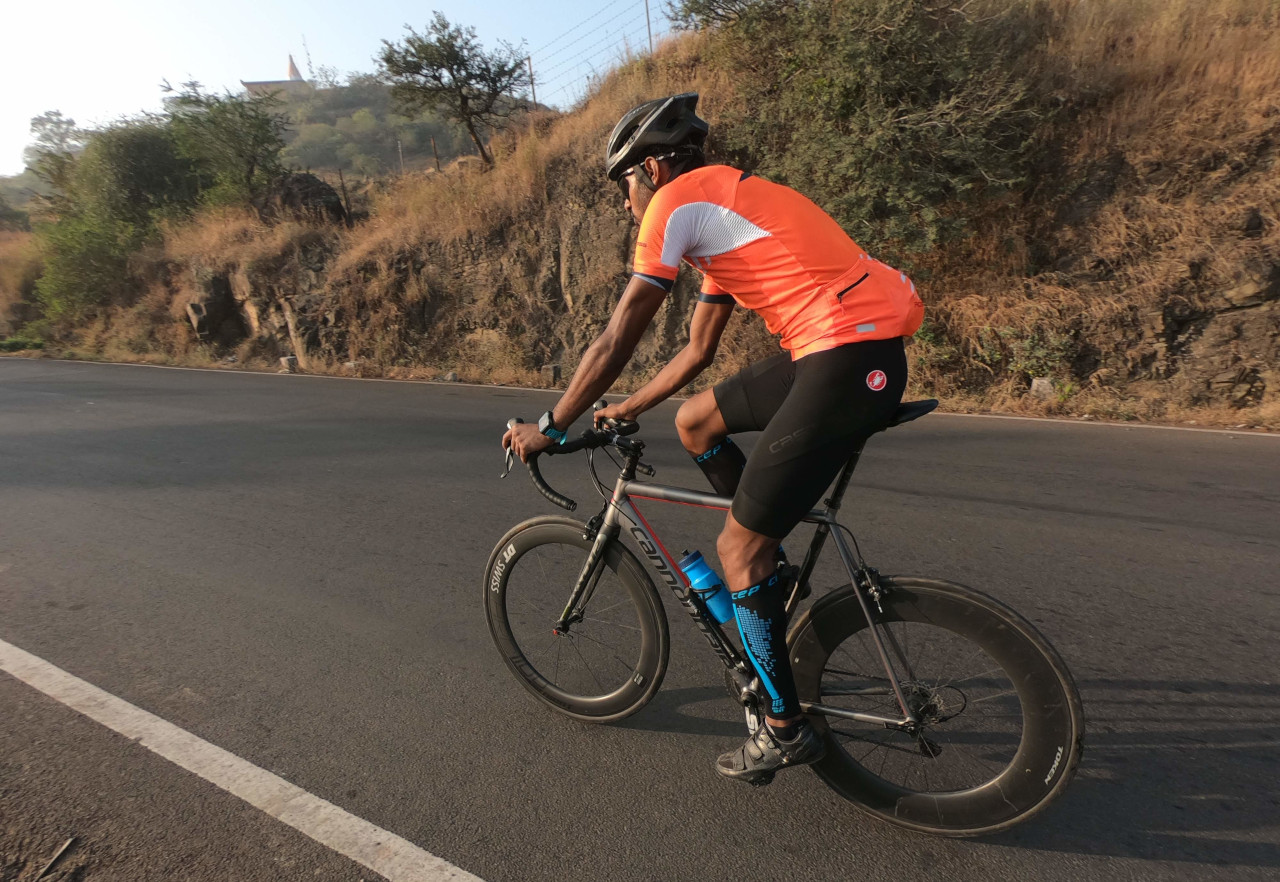
Remembering the way you got injured would you have done something differently to avoid that scenario completely?
I think that I should have slightly pulled down my training volume and altered the intensity of the workouts. But this is the process and you’ll learn from those mistakes and apply yourself better when you start again. I feel now I am on the right path where I am keeping a close eye on my recovery, training volumes and intensity.
Do you believe in PRECOVERY (Prevention + Recovery)?
I have been wearing CEP recovery pants ever since; whether it is a long training day or a hard one. The feel it gives is really good. I always felt better when I wore it due to the massaging effect it provides. After removing it my legs are fresher and I am raring to go again! Of course you won’t see any significant change in your injury on the very first day of wearing it, but certainly CEP recovery pants along with all the rehabilitation exercises and strength training done over the few weeks really made a difference.
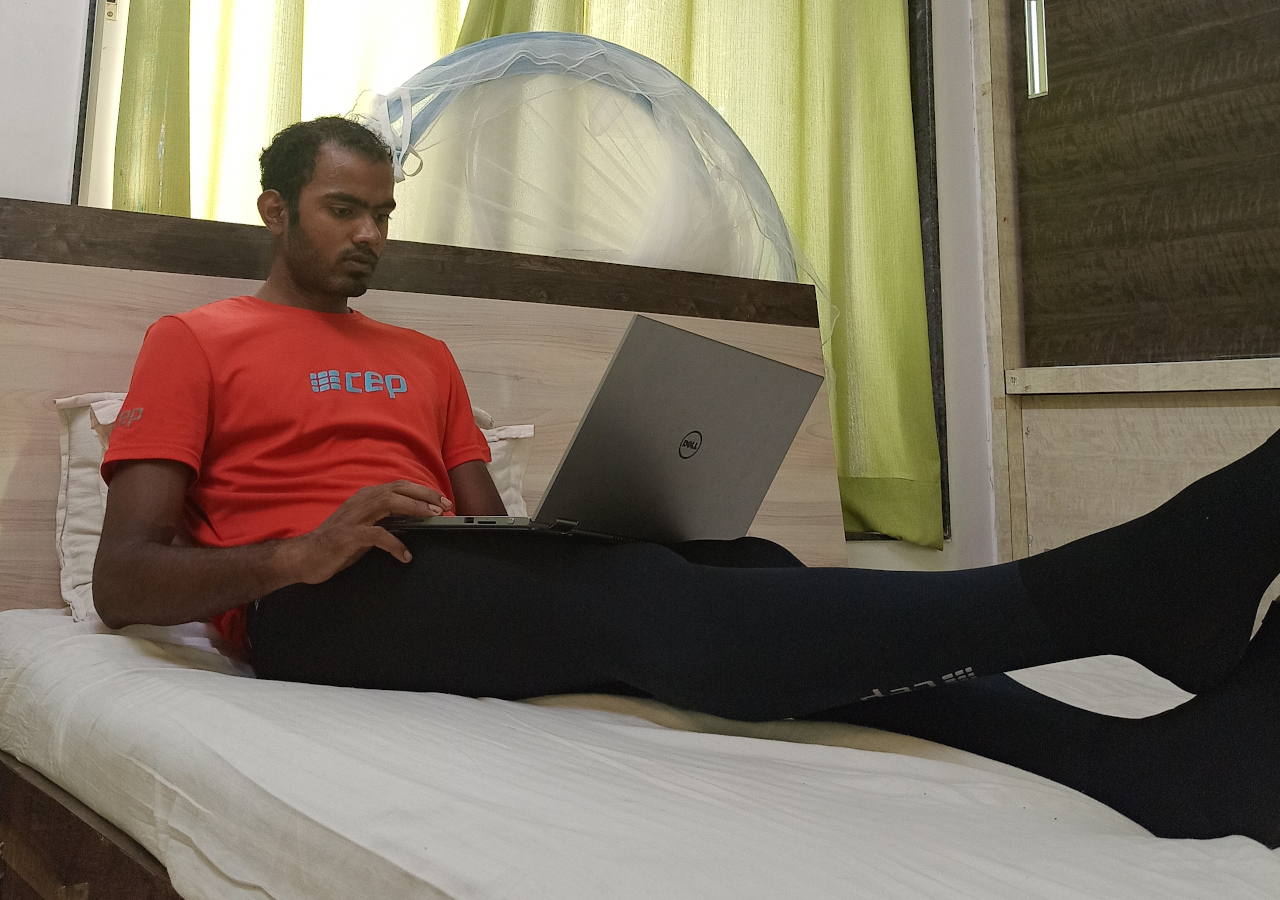
Since I had a lower leg injury I also relied on the compression sleeves while getting back to running and even cycling. It made it easier to transition back to training.
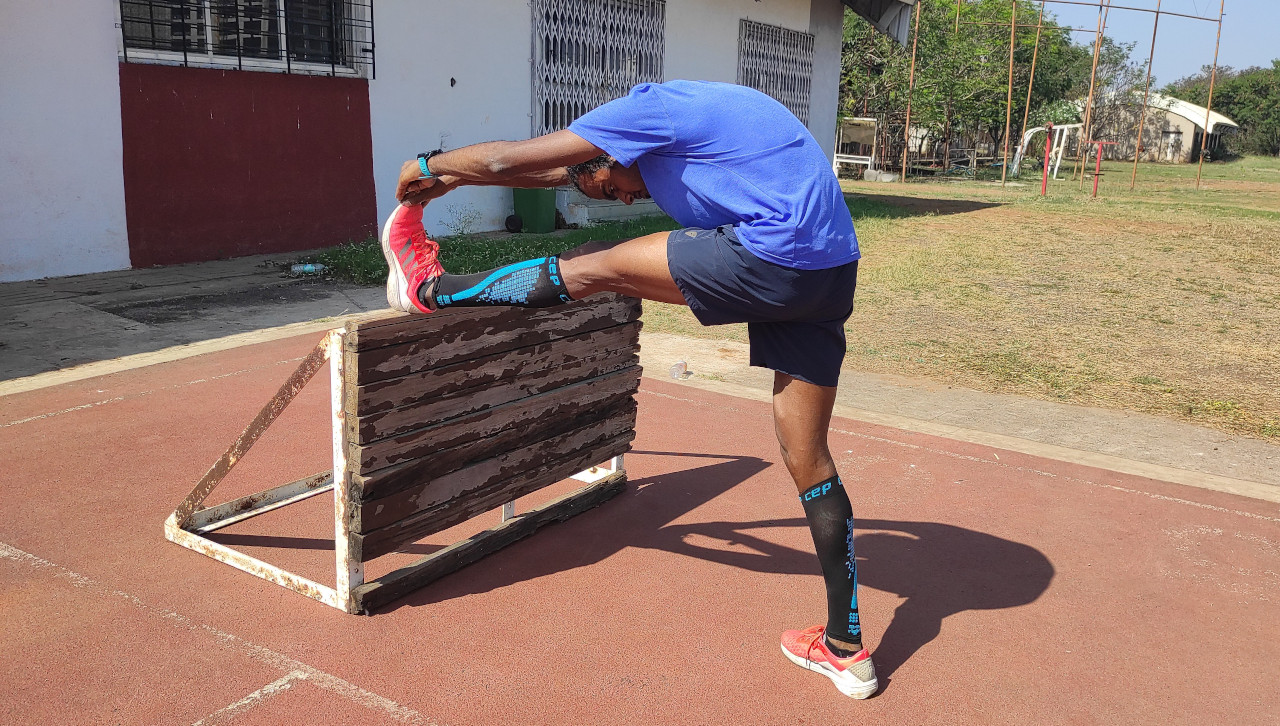
How should one ramp up training volume after emerging from injury?
I would start easy and keep a low volume. Start with 2-3 days of running per week at a very easy pace and gradually increase the volume by not more than 10% per week. One should not just keep increasing the volume, what I used to do was to have a recovery week after ramping up the volume for 3 weeks. After a few weeks of getting back to training I slowly incorporated speed sessions to my plan, starting with once a week to 2-3 times a week. One needs to be careful with the pace here, you can’t expect your body to hit the pace you were hitting pre-injury during these workouts, one should gradually bring it down.



